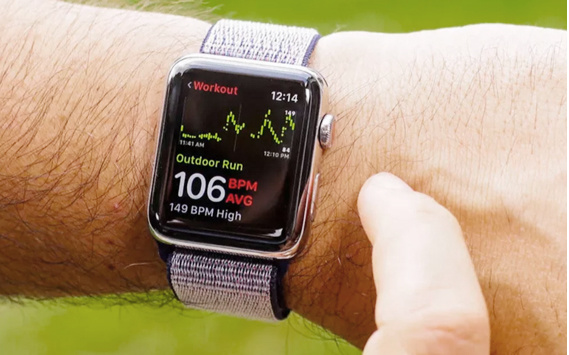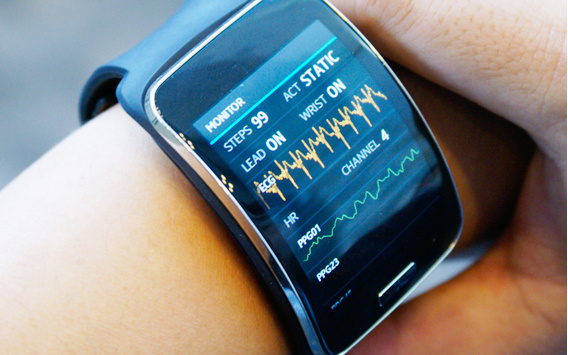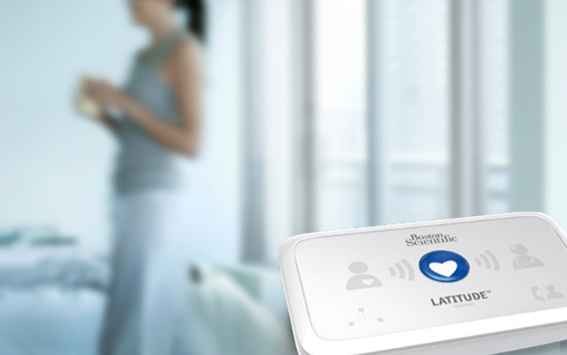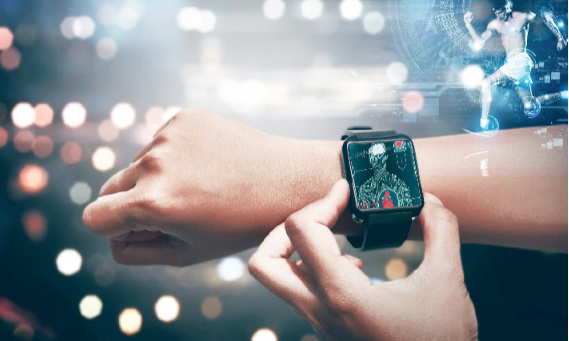News attention
20
2020
-
03
Extensive Wearable technology
For decades, consumers have been purchasing smart personal devices, but more and more technology companies are enabling users to track their health status. This not only enables people to monitor their health status, but also makes it easy to share this data with doctors and use it for scientific research. Recently, medical genetics company Invitae announced the launch of a mobile application that utilizes Apple Watch data to better understand the genetic basis of atrial fibrillation. Wearable devices are also being used in a new way to attract patients. A Stanford University study investigated whether children with Autism spectrum disorders could improve their social skills by using a pair of "smart" glasses to participate in facial recognition activities.
 |
Consumers have been buying smart personal devices for decades, but a growing number of tech companies are enabling users to track their health. Not only does this enable people to monitor their own health, but this data can be easily shared with doctors and used in scientific research. Recently, medical genetics company Invitae announced the launch of a mobile app that leverages Apple Watch data to better understand the genetic basis of atrial fibrillation. Wearables are also being used to engage patients in entirely new ways. A Stanford University study investigated whether children with autism spectrum disorder improve their social skills by using a pair of "smart" glasses to participate in facial recognition activities. |
| The easier it is for consumers to access their own data, the easier it is for others to access it. This can be helpful if patients share health information with their doctors, but this data can be vulnerable to cyberattacks. Reports of disrupting the online network broke this fall, sending hospital administrators, nurses, doctors and patients into panic. At the time, cybersecurity incidents affected imaging systems, infusion pumps, and anesthesia machines, although there was a risk that the entire hospital network would be compromised. |  |
 |
For 2020, manufacturers and consumers will have to be alert to potential cybersecurity risks. They can expect stricter regulations for such devices, especially when dealing with patient health information. At the same time, wearables present a novel form of tracking an individual's health and providing patient care. |
| Wearables are expected to be widely used for health monitoring, disease management, and diagnosis. The Syneos Health report points to another emerging use for wearables: transforming clinical trials. A new type of trial called the "driverless trial" will enable patients to receive medication at home and track the progress of wearable devices. |  |
RELATED NEWS







